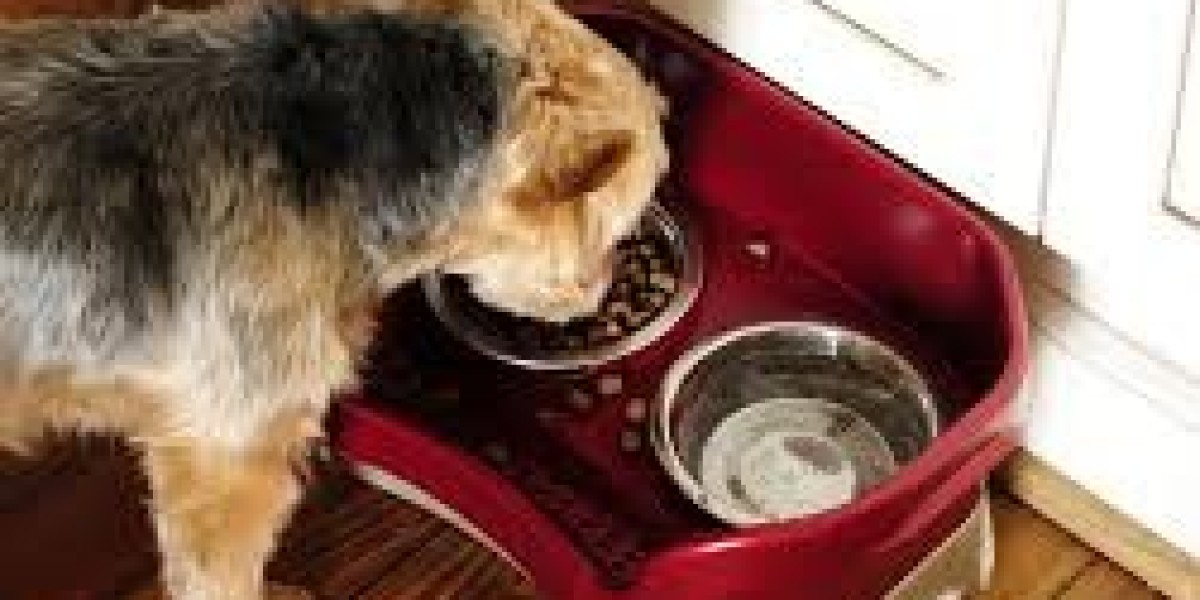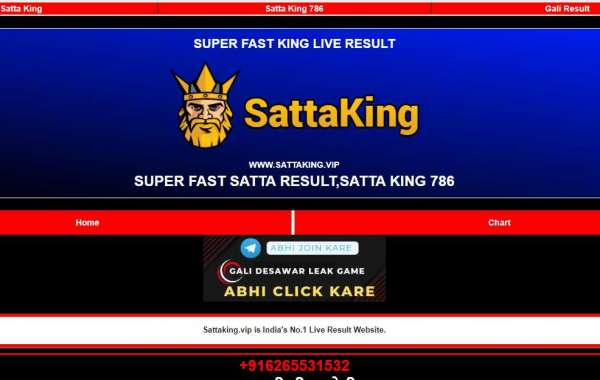Dog bowls may seem like a simple accessory, but choosing the right one is crucial for your dog's health and comfort. From material and size to design and functionality, here's everything you need to know about selecting the perfect dog bowl.
Materials Matter
Dog bowls come in various materials, each with its own advantages:
Stainless Steel: Known for durability and ease of cleaning, stainless steel bowls are resistant to bacteria and are often dishwasher-safe. They're also less likely to harbor odors compared to plastic bowls.
Plastic: Lightweight and affordable, plastic bowls come in many colors and designs. However, they can scratch easily, which can harbor bacteria and become difficult to clean over time.
Ceramic: These bowls are sturdy, come in attractive designs, and are typically dishwasher-safe. However, they can break if dropped and may develop cracks that harbor bacteria.
Silicone: Flexible and easy to clean, silicone bowls are great for travel and are often collapsible for easy storage. They are typically dishwasher-safe and can withstand a range of temperatures.
Choosing the Right Size
The size of your dog's bowl matters:
Capacity: Choose a bowl size that matches your dog's breed and size. Small dogs and puppies may do well with smaller bowls, while larger breeds will need bowls that can hold more food and water.
Depth: Consider the depth of the bowl; shallow bowls are good for dogs with flat faces (like Bulldogs) to avoid strain on their necks.
Special Features
Modern dog bowls often come with features designed to enhance your dog's dining experience:
Non-Skid Base: Prevents the bowl from sliding around while your dog eats or drinks, reducing spills.
Elevated Bowls: Raised bowls can be easier for larger dogs or older dogs with arthritis or joint problems to use, promoting better posture during meals.
Slow Feeder Bowls: These bowls have ridges or obstacles inside that slow down eating, which can prevent bloating and improve digestion.
Maintenance and Hygiene
Keeping your dog's bowl clean is essential for their health:
Regular Cleaning: Wash bowls daily with hot water and soap to remove food particles and bacteria.
Material Considerations: Choose bowls that are easy to clean and resistant to bacterial growth, like stainless steel or ceramic.
Conclusion
Choosing the right dog bowl involves considering your dog's size, eating habits, and your lifestyle. Whether you opt for stainless steel for its durability, silicone for its portability, or ceramic for its aesthetic appeal, ensuring your dog has a clean and appropriate bowl will contribute to their overall well-being and happiness. By selecting the right bowl, you're not just providing a vessel for food and water but also enhancing your dog's daily comfort and health.









